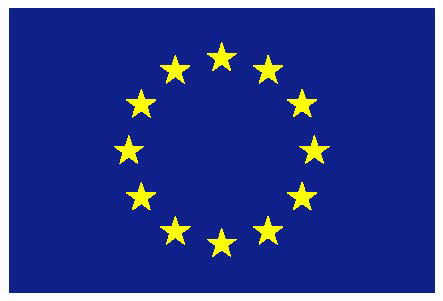Out-patient Monitoring with Wearable Sensors
01 January 2012
Abstract of the Project
The project aims at developing prototypes and algorithms for the unobtrusive monitoring of stroke survivors in out-patient therapy. Computer aided rehabilitation has so far mainly focussed on augmenting supervised and scripted motor trainings with IuK technology. Yet for comprehensive and fast motor recovery self-motivated in-vivo training, i.e. patients’ efforts to use their impaired limbs as much as they can in everyday life, is crucial.
Mobile body worn sensors will be employed to monitor patients’ motor abilities outside of clinical environments. Recorded data will be analysed to assess patients’ motor recovery and activity in everyday life. To account for the large difference in motion based activity models in healthy subjects and individual stroke patients, the focus will be on the development of algorithms that allow for accurate activity recognition given large inter subject variability. The natural hierarchical structures of daily life activities will be exploited to achieve required robustness. Patient studies will be conducted in co-operation with clinical partner in iCareNet.
Research Achievements to date
- Framing of research is finished.
- Co-operation with the clinical partner, Reha Rheinfelden, has been initiated. Patient study and data recording is planned for mid 2013.
- Hierarchical structures for the modelling of activities and robust activity recognition have been explored.
- An initial experiment has been conducted on the evaluation of motion quality with inertial sensors (publication of results expected by beginning of 2013).
References
[1] Brunnstrom S: Motor testing procedures in hemiplegia: based on sequential recovery stages. Physical therapy 1966, 46(4):357-375.
[2] Shiffrin, R. M., Lee, M. D., Kim, W., & Wagenmakers, E.-J. (2008). A survey of model evaluation approaches with a tutorial on hierarchical Bayesian methods. Cognitive Science, 32, 1248-1284.
[3] Twitchell, T (1951). "The restoration of motor function following hemiplegia in man". Brain 47: 443.

